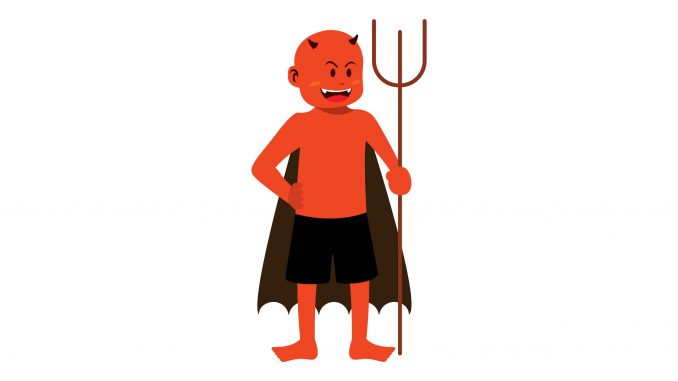
by Raymond M. Coulombe
Nothing moves a story along like conflict and struggle. The cheap and easy way to introduce those elements into a tale is by adding an evil villain. The bad guy is obviously bad, so those who struggle against him are good. It’s a simple formula that’s been used for thousands of years.
A writer can pull out a cardboard cutout villain for his purposes and successfully write a good story. Heck, if you want a bad guy you can always use a Nazi. Nazis don’t exactly have a lot of redeeming features.
That’s the quick way to set up a simple struggle between good and evil. It’s easy and it works. However, there are more complicated tales to tell. It’s said that nobody thinks of themselves as the bad guy. In real life there are few truly good or evil people. (except for the Nazis, of course, they are always bad.)
Story conflicts can be much more complicated. Just like in the real world, there can be conflict between people who both have good arguments for their side being right. None of us are all angel or devil, but a mixture of good and bad. Our conflicts reflect that. Fictional conflicts can reflect that as well.
Unlike a simple struggle between good and evil, there is much more scope for tragedy. No matter who wins, someone with good qualities will be the loser. A good writer can have the readers invested in both sides. Where the author takes it from there is up to them. One way is to go full tragedy where just about everyone loses. Picture the Shakespearean play Hamlet -no winners and a pretty high body count.
A neat trick would be to set up all the pieces for a Skakespearean tragedy, yet comes to a happy ending. Instead of everyone losing, everyone could win. Personally, I think we need more tales that pull that trick off. The world needs a few good examples of it working, if only in fiction.
Leave a Reply